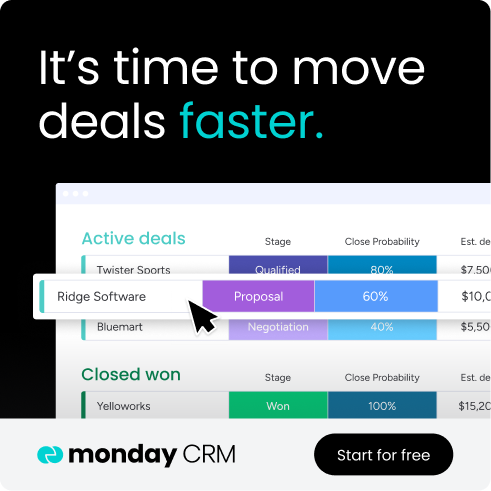Publishers today manage a mix of revenue streams, from ad sales and subscriptions to sponsored content and partnerships. When these are tracked in separate spreadsheets or spread across disconnected systems, it often creates silos and slows collaboration between sales and editorial teams.
A CRM designed for publishers brings everything together in one place. It gives teams a clear view of their pipeline, simplifies day-to-day processes, and makes it easier to build strong, lasting relationships with advertisers and readers alike. With the right system in place, complexity turns into clarity and opportunities are easier to spot and act on.
This article looks at what makes a publishing CRM effective, the features worth prioritizing, and the top platforms to consider in 2025.
Key takeaways
- Unify revenue streams: bring ad sales, subscriptions, and sponsored partnerships into one system to reduce silos and improve collaboration.
- Streamline workflows: eliminate manual tasks and spreadsheets by centralizing processes in a CRM built for publishers.
- Gain actionable insights: track the metrics that matter, from ad performance to subscriber growth, to make smarter business decisions.
- Improve client relationships: use automation and visibility to build stronger connections with advertisers, subscribers, and partners.
- Scale with confidence: monday CRM adapts to publishing workflows, automates routine tasks, and provides clear dashboards to help teams grow efficiently.

What is a publishing CRM?
A publishing CRM centralizes every advertiser, subscriber, and partner relationship in one system. Unlike a simple contact list, it is built to manage the realities of the media industry, including advertiser agreements, multi-tiered subscriptions, and the need to connect editorial schedules with sales opportunities.
For publishers looking for flexibility, a platform like monday CRM provides the ability to build the exact workflows you need. Teams can automate repetitive tasks, integrate the tools they already rely on, and maintain complete visibility across departments. This combination of customization and control helps publishers operate more efficiently, strengthen collaboration, and grow revenue with confidence.
Why publishers need a specialized CRM
The revenue streams of modern publishers — from ad campaigns and subscriptions to sponsored partnerships — are too complex for a generic CRM. Standard systems often fall short in several areas:
- Limited flexibility: generic CRMs are not built to manage advertiser relationships, subscriber data, and editorial schedules in one place.
- Disconnected workflows: teams are left switching between spreadsheets and siloed platforms, which slows collaboration and creates bottlenecks.
- Missed opportunities: sponsored content deals and ad campaigns can fail to connect with the editorial roadmap, creating costly blind spots.
Specialized publishing CRM software addresses these challenges by giving teams a single hub to manage every revenue stream with transparency and control.
A platform like monday CRM is designed to handle this complexity. It allows publishers to automate handoffs between departments, manage the full cycle from pitch to renewal, and maintain real-time visibility across operations. The result is stronger collaboration, more reliable delivery, and a sales process that supports consistent growth.
Key features to look for in a CRM for media companies
A publisher’s unique blend of advertiser deals, subscriber growth, and creative deadlines requires a platform built to connect every moving part of the revenue engine. Generic CRMs fall short because they lack the specific architecture needed to align the first pitch with the final invoice in a media-centric world.
A truly collaborative space where the sales pipeline, ad management, and content calendar coexist is essential. With monday CRM, your team can track deals and insertion orders directly alongside production schedules, preventing sales from promising what editorial cannot deliver. This central digital workspace provides the universal visibility needed to keep teams aligned and move deals forward without the friction of constant back-and-forth communication.
The most significant advantage is the reclamation of your team’s time through intelligent automation, which handles repetitive tasks so they can concentrate on building relationships. When this efficiency is paired with clear, custom dashboards displaying everything from ad performance to revenue forecasts, your team gains more than just data; they acquire the confidence to make faster, smarter decisions and secure more wins.
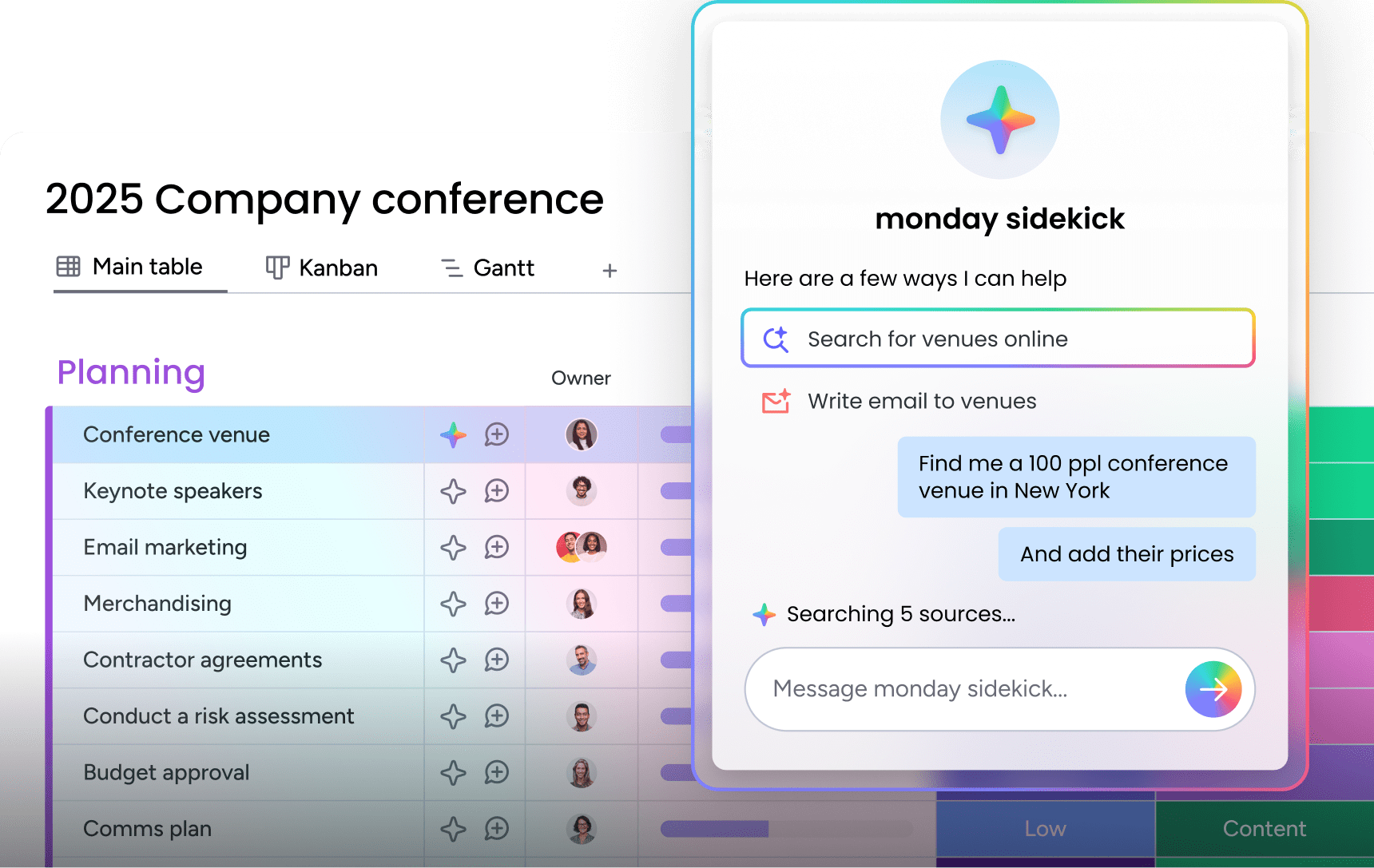
5 CRM solutions for publishers and magazines
Publishing teams manage a constant mix of advertiser pipelines, subscriber data, and evolving editorial calendars. When these processes aren’t connected, collaboration slows and opportunities are missed. A CRM designed for publishers creates a central hub where revenue and content teams stay aligned and focused on the same goals.
The best platforms provide sales teams with visibility into editorial schedules, streamline communication, and automate routine tasks. This combination allows campaigns to be pitched more effectively, deals to move forward faster, and departments to work together with less friction.
Below are five CRM solutions built specifically for the media industry, each offering features to improve visibility, efficiency, and long-term revenue growth.
1. monday CRM
monday CRM transforms how publishers manage client relationships by combining intuitive design with powerful automation capabilities. The platform specializes in no-code customization and AI-powered features, making it ideal for publishing teams who need flexibility without technical complexity. Built on the monday Work OS, it seamlessly integrates with existing publishing workflows while scaling from independent publishers to large media organizations.
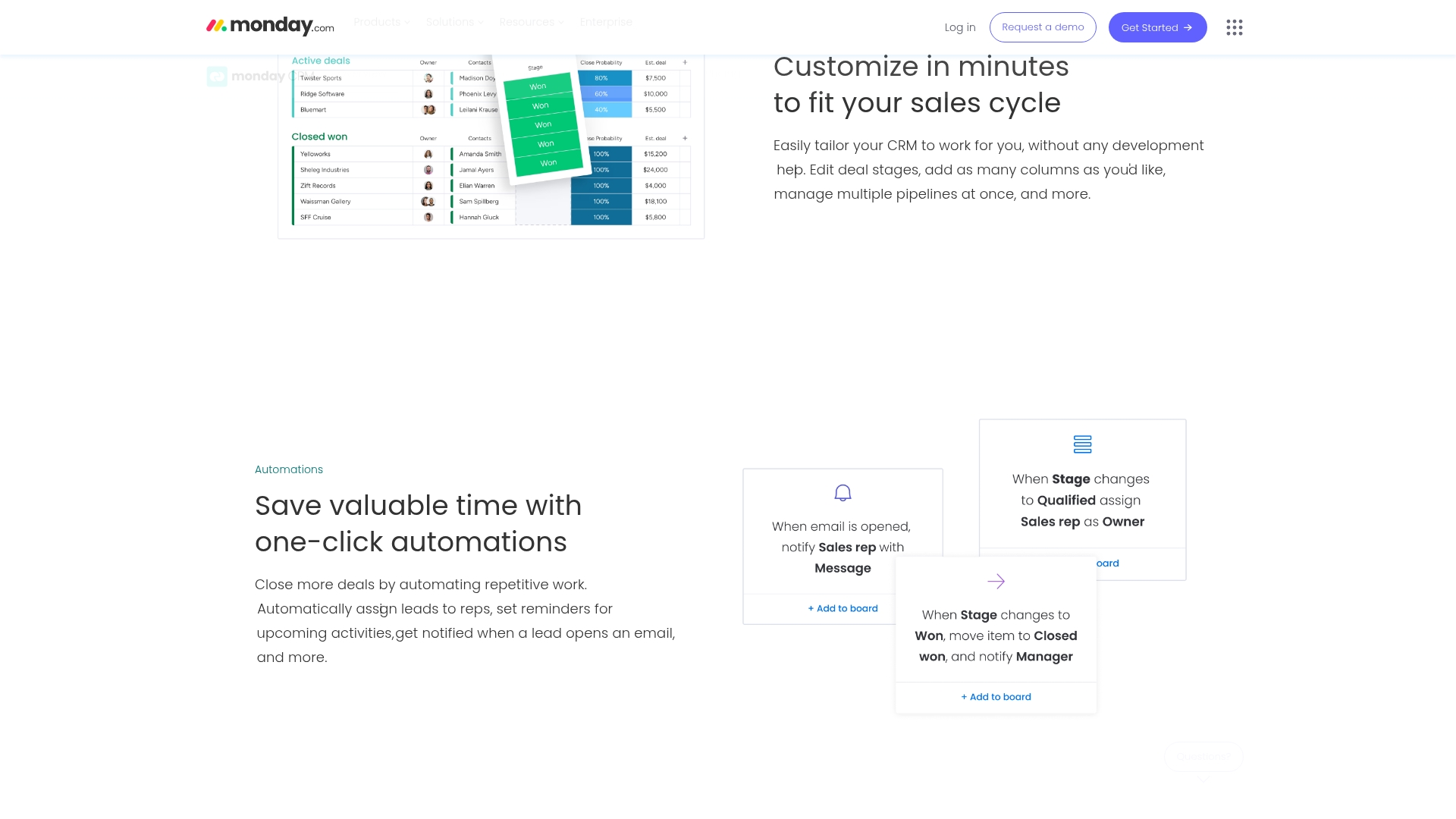
Example: monday CRM empowers publishing teams to streamline client relationships, automate repetitive tasks, and gain real-time visibility into their sales pipeline — all while maintaining the flexibility to adapt to unique publishing workflows.
Key features:
- Visual pipeline management with drag-and-drop deal tracking across multiple publication verticals.
- AI-powered email composition and automated action-item generation to accelerate client communication.
- Comprehensive automation recipes that eliminate manual follow-ups and status updates.
Pricing:
- Free: $0 (up to 2 seats with basic features).
- Basic: $9/month per seat (billed annually).
- Standard: $12/month per seat (billed annually).
- Pro: $19/month per seat (billed annually).
- Enterprise: Custom pricing with advanced security and governance features.
- Users: minimum 3 users required for paid plans.
- Savings: annual billing saves 18% compared to monthly rates.
Why it stands out:
- Unmatched customization allows publishers to build workflows that match their unique client acquisition processes.
- Intuitive visual interface that teams actually want to use, reducing adoption friction and training time.
- Comprehensive Work OS integration connects CRM data with content planning, editorial calendars, and project management.
Advanced AI features
AI capabilities within monday CRM help publishing teams work smarter by automating content creation and streamlining client communication. Using AI blocks, teams can generate personalized email templates for different client types, whether pitching to advertisers, negotiating with distributors, or following up with subscribers. Task suggestions powered by AI also turn meeting notes into actionable next steps, reducing the chance of missed opportunities.
Automations
A no-code automation builder allows teams to create complex workflows without technical expertise. Pre-built automation recipes cover common publishing needs, such as automatically assigning new advertiser leads to the right sales rep based on industry or budget. For larger operations, enterprise-level capacity supports up to 250,000 actions per month, making it possible to manage thousands of client touchpoints across multiple publications with ease.
Integrations
monday CRM connects seamlessly with popular publishing tools through 200+ integrations and robust API access. Whether you’re syncing with content management systems, email marketing platforms, or advertising networks, the platform centralizes all client data in one location. Popular integrations include Google Workspace for document collaboration, Slack for team communication, and specialized publishing tools for ad management and content distribution.
The platform integrates seamlessly with over 200 publishing tools and offers robust API access for added flexibility. Teams can connect content management systems, email marketing platforms, and advertising networks, ensuring all client data is centralized in one place. Common integrations include Google Workspace for collaboration, Slack for communication, and specialized publishing tools for ad management and content distribution.
CRM for publishers features
Designed for the unique needs of media businesses, monday CRM offers tools that simplify complex workflows and provide visibility across every revenue stream. Key features include:
- Customizable deal stages: adapt pipelines to match the publishing sales cycle, from initial advertiser outreach through campaign execution and renewal.
- Advanced reporting: track essential publishing metrics such as ad revenue per client, content engagement rates, and subscription conversion funnels.
- Multi-pipeline management: manage different revenue streams in one place, including advertising sales, subscription management, and content licensing deals.
2. MediaOS
MediaOS delivers a comprehensive CRM+ platform built exclusively for publishers, magazines, and media companies. The platform combines sales management, production workflows, and accounting automation in one unified system, making it the go-to choice for media businesses looking to streamline their entire ad sales lifecycle.
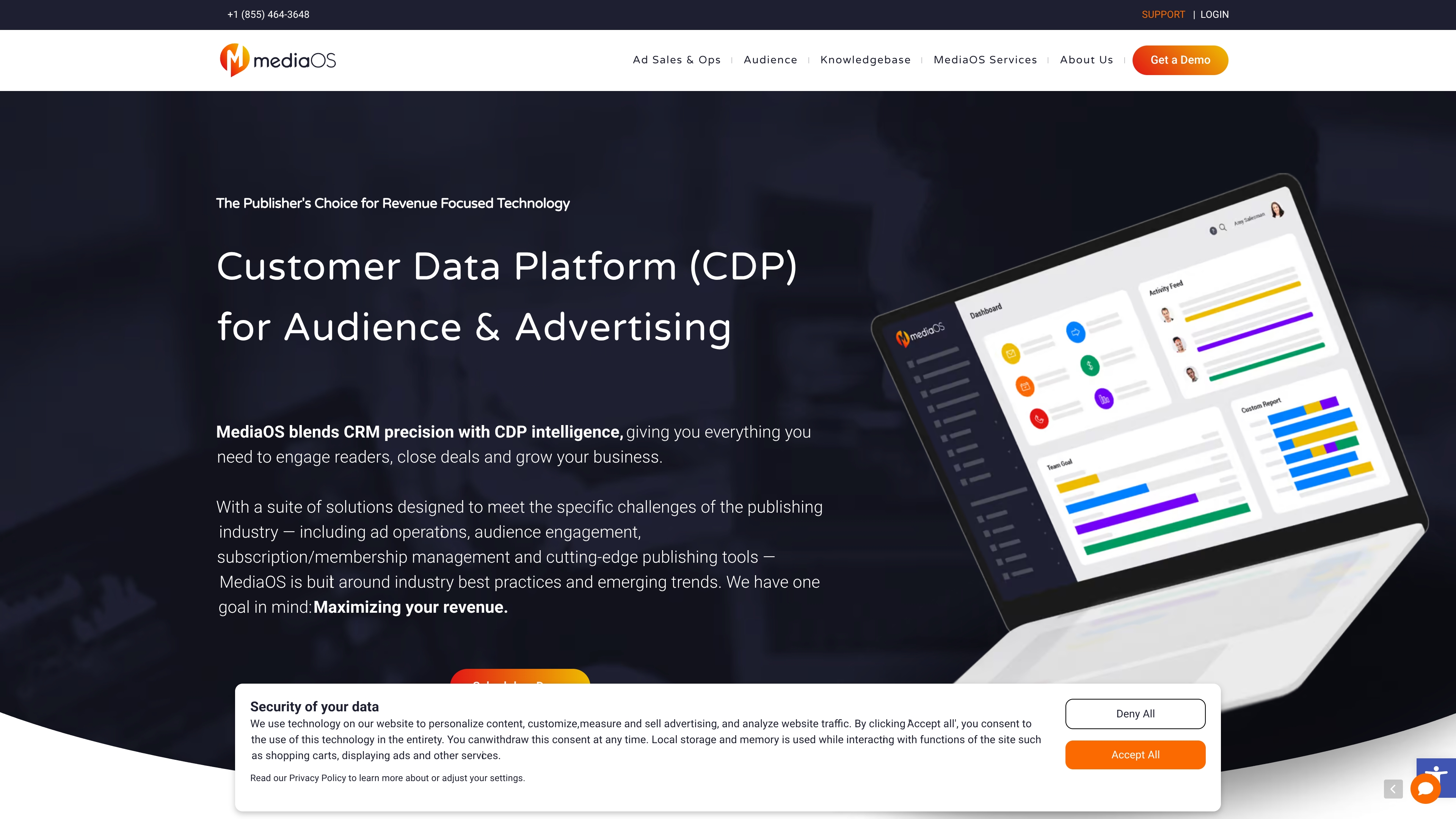
Use case: MediaOS helps publishers manage their complete ad sales process from prospecting to production delivery while automating accounting workflows and maximizing cross-department productivity.
Key features:
- Smart sales prospecting software features with customizable visual sales pipelines and automated follow-up reminders.
- Two-way Adobe InDesign synchronization with drag-and-drop flat planning for seamless production workflows.
- Integrated accounting automation including fast invoicing and accounts receivable management.
Pricing:
- Custom pricing available upon request.
- No installation fees or long-term contracts required.
- Demo and consultation required for pricing details.
Considerations:
- Best suited for teams prepared for an initial onboarding period to master its comprehensive features.
- Ideal for businesses whose existing tech stack aligns with the platform’s current integration library.
3. Launchpad
Launchpad delivers specialized CRM solutions built specifically for the publishing industry’s unique workflows and terminology. The platform integrates sales, production, and accounting processes into one comprehensive system, making it ideal for magazine, newspaper, and media publishers who need industry-specific functionality rather than generic CRM tools.
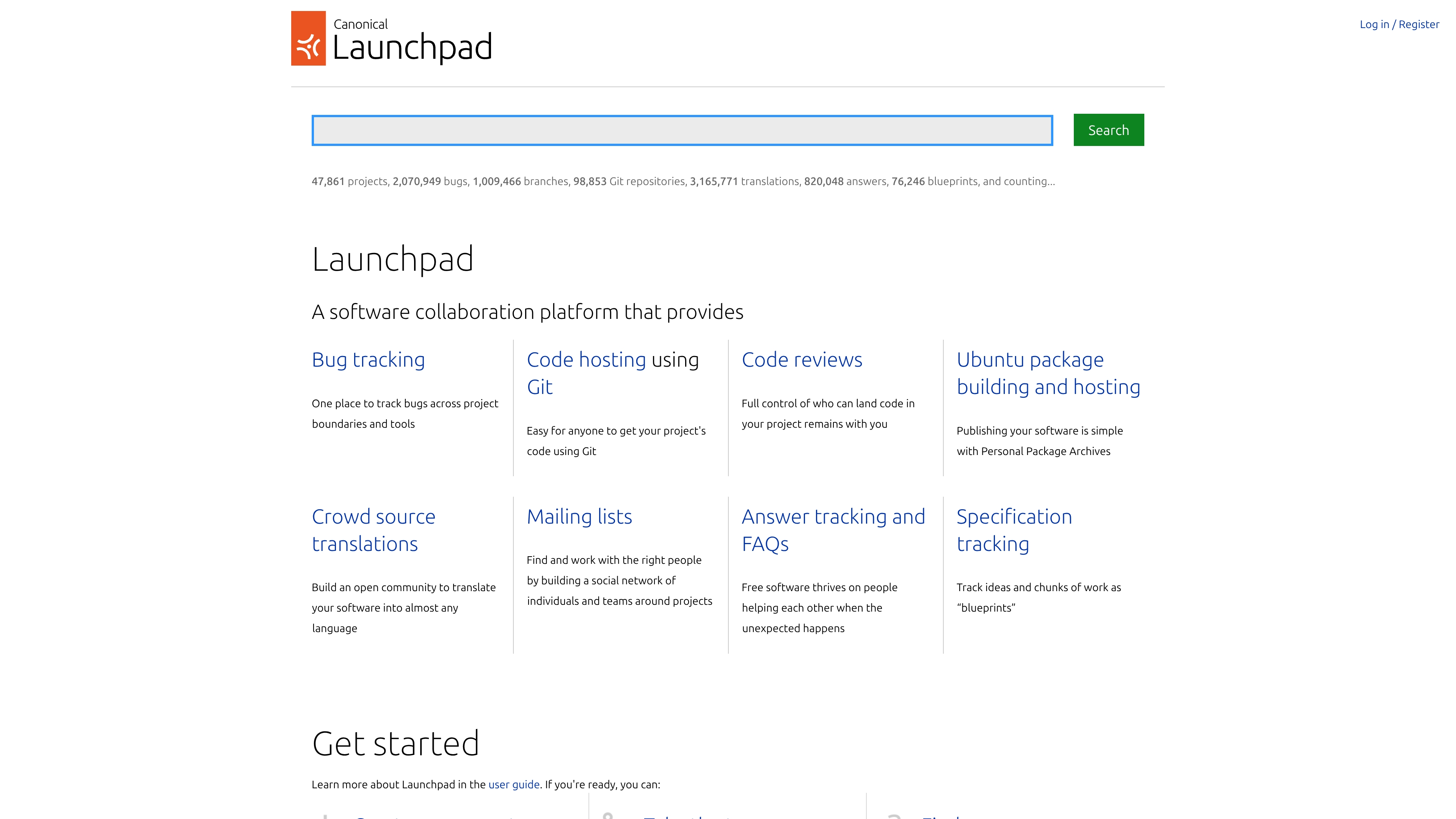
Use case: Launchpad serves as an all-in-one CRM and business management platform designed exclusively for media publishers, integrating everything from advertiser relationships to production workflows and financial management.
Key features:
- Complete advertiser lifecycle management from prospecting through billing and reporting.
- Integrated production tools including ad trafficking, digital file management, and flat planning.
- Direct Google Ad Manager integration for streamlined digital inventory management.
Pricing:
- Pricing details are not publicly available.
- Interested publishers must contact the sales team for custom quotes.
- SOC 2 audited platform ensures enterprise-level security standards.
Considerations:
- Limited exclusively to publishing industry, making it unsuitable for businesses in other sectors.
- Lack of transparent pricing may create barriers for smaller publications during initial research phases.
4. Salesforce
Salesforce delivers enterprise-grade CRM capabilities designed for large-scale publishing operations. The platform excels in complex customization and extensive integration possibilities, making it the go-to choice for major publishers managing intricate workflows and massive subscriber databases.
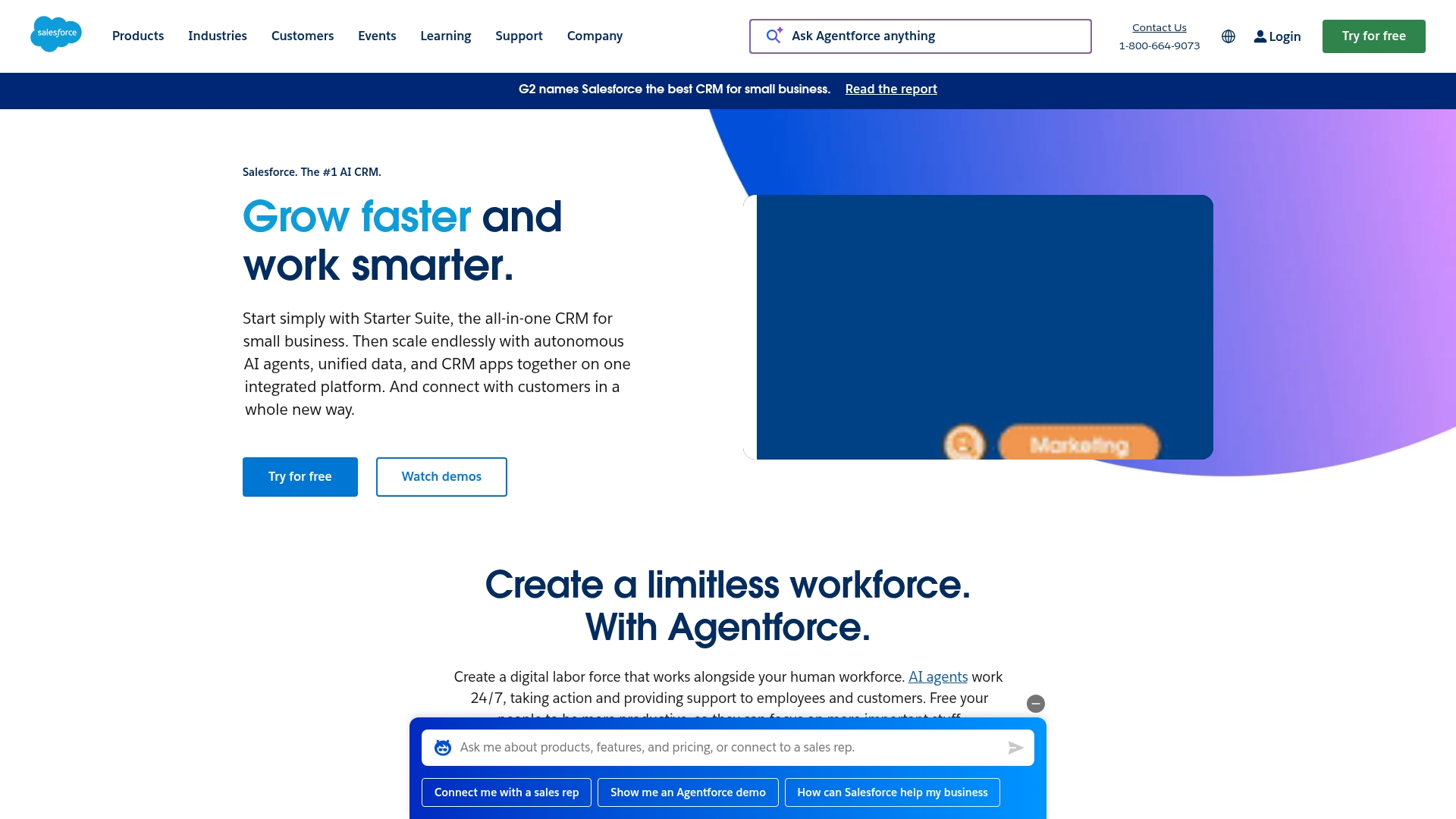
Use case: Salesforce provides a comprehensive, AI-powered CRM platform that unifies sales, service, marketing, and commerce functions to help publishers manage complex customer relationships and drive revenue growth across multiple touchpoints.
Key features:
- Customer 360 platform offering a unified view of subscribers, advertisers, and partners across all publishing touchpoints.
- Einstein AI integration for predictive analytics, automated lead scoring, and personalized content recommendations.
- Extensive AppExchange marketplace with thousands of third-party integrations specifically designed for media and publishing workflows.
Pricing:
- Contact Salesforce sales for custom enterprise pricing.
- Multiple product clouds available with separate pricing structures.
- Annual contracts required for most products.
- Free 30-day trial available with no credit card required.
Considerations:
- Requires significant technical expertise and dedicated IT resources for implementation and ongoing maintenance.
- High total cost of ownership with complex pricing structure that can include hidden costs for customizations and integrations.
5. HubSpot
HubSpot delivers an all-in-one CRM platform that combines marketing automation with sales management capabilities. The platform specializes in inbound marketing methodology and user-friendly design, making it particularly valuable for publishers focused on subscription growth and audience engagement.
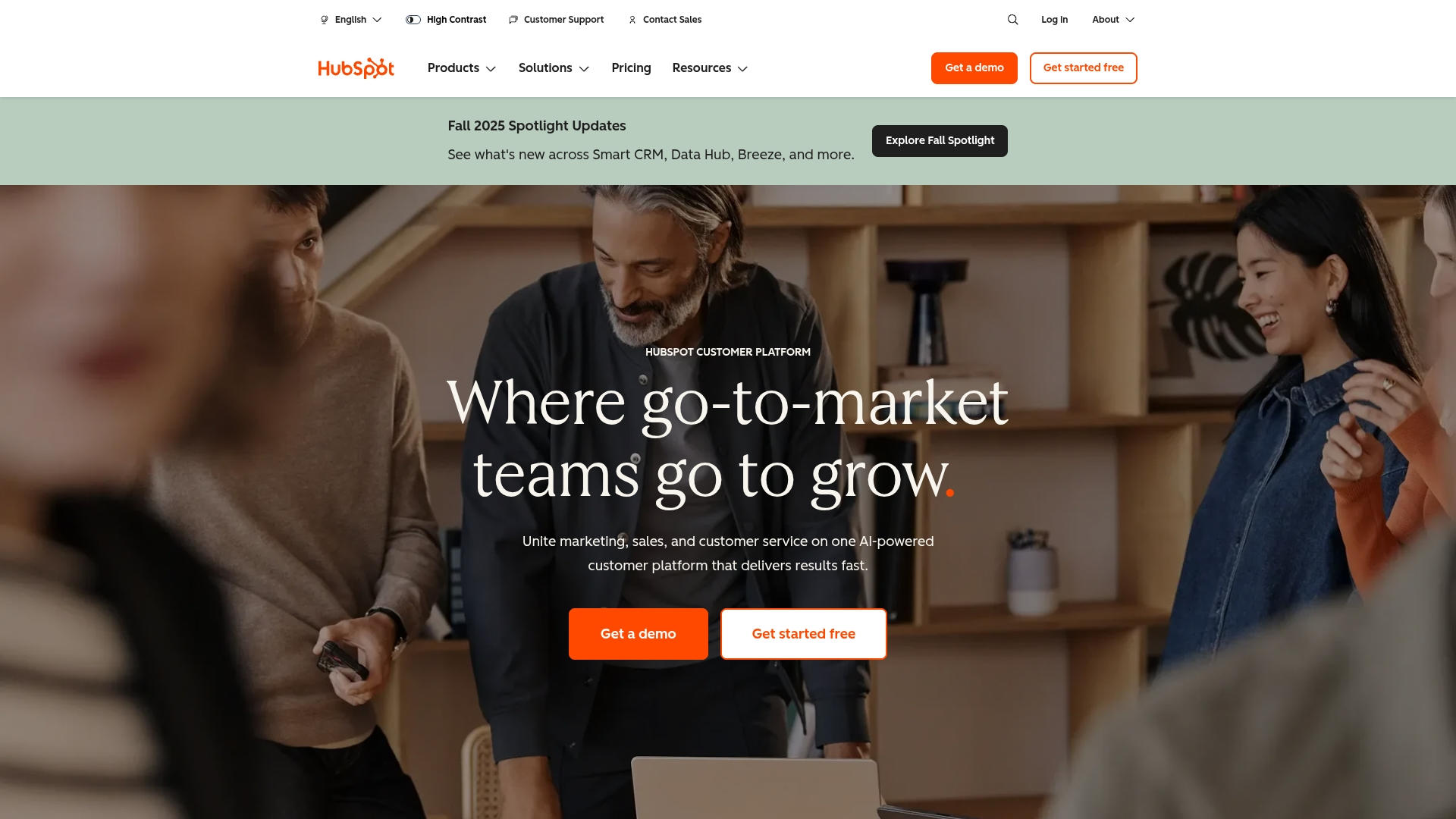
Use case: HubSpot excels at helping publishers build and nurture subscriber relationships through integrated marketing automation and CRM functionality.
Key features:
- Marketing automation workflows for lead nurturing and subscriber engagement campaigns.
- Email marketing platform with advanced segmentation for targeted content distribution.
- Free CRM with unlimited contacts and users, plus robust reporting dashboards for audience insights.
Pricing:
- Free CRM: $0/month (includes contact management, deals, tasks, and basic reporting).
- Marketing Hub Starter: $45/month (includes email marketing, forms, and basic automation).
- Marketing Hub Professional: $800/month (includes advanced automation, A/B testing, and custom reporting).
- Marketing Hub Enterprise: $3,600/month (includes advanced features, custom objects, and dedicated support).
Considerations:
- Limited ad sales management capabilities compared to specialized publisher CRMs.
- Advanced features require significant investment, with pricing jumping quickly from free to professional tiers.
How to choose the right CRM for publishing companies
Choosing the right CRM starts with finding software that adapts to your publishing workflows, rather than forcing you to change how your team already operates. The goal is to put a system in place that supports your processes across ad sales, subscriber management, and partnerships so your team can see results quickly.
When evaluating platforms, consider both your team’s strengths and the challenges that slow you down. The right CRM should:
- Unify all revenue streams in a single dashboard.
- Connect seamlessly with the tools your teams already rely on.
- Remove operational bottlenecks rather than create new ones.
A flexible option such as monday CRM is well suited to this. It can be tailored to fit a publishing model of any size, giving teams the visibility and control needed to manage advertiser relationships, subscription cycles, and campaign delivery with confidence. With the right system in place, your focus shifts back to what matters most: growing the business.
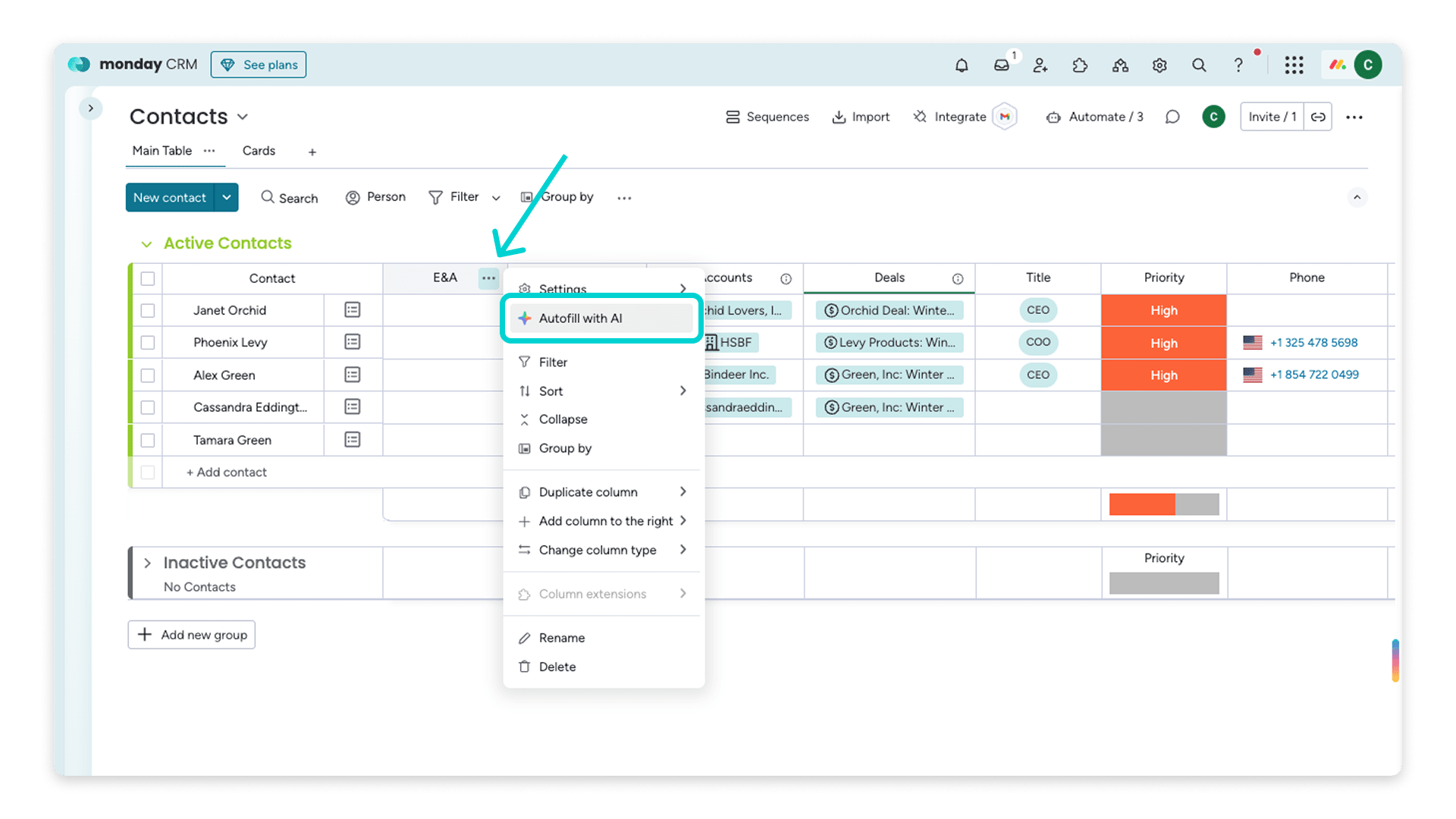
How to integrate ad sales and subscription management
Keeping ad sales and subscription management in separate systems is a costly mistake for publishers. When these revenue streams are disconnected, visibility suffers, collaboration slows, and opportunities are often missed.
A publishing CRM that unifies both functions gives teams a complete 360-degree view of every customer’s journey and total value. With ad sales and subscriptions connected in one place, it becomes easier to identify upselling opportunities, strengthen relationships, and eliminate the inefficiencies of switching between multiple tools.
Automation takes this further by handling invoicing, payment tracking, and revenue recognition across all income sources from a single hub. With monday CRM, publishers gain the clarity and control to align sales, editorial, and finance, reduce manual work, and keep growth moving forward.
Building momentum with the right CRM for publishers
Getting the most from a publishing CRM starts with a clear plan. To set your team up for success, focus on small, confident steps that build momentum rather than attempting a disruptive overhaul.
Begin with a collaborative session that brings together leaders from sales, editorial, and operations. This is the best way to identify where operational improvements will have the biggest impact. From there, look for opportunities to introduce automation and improve visibility across workflows. These changes are not just about fixing inefficiencies — they are about creating a scalable foundation for long-term growth.
Running a pilot program is an effective way to demonstrate results quickly. By testing monday CRM with a focused group, your team can see first-hand how automation and clear dashboards reduce friction, save time, and support collaboration. Early wins build confidence, making a wider rollout smoother and more impactful.
Try monday CRM today and see how it can help your publishing team work smarter, close deals faster, and grow with confidence.
The content in this article is provided for informational purposes only and, to the best of monday.com’s knowledge, the information provided in this article is accurate and up-to-date at the time of publication. That said, monday.com encourages readers to verify all information directly.
Frequently asked questions
Can a publishing CRM integrate with existing editorial and financial systems?
Yes, a modern publishing CRM integrates with your existing tools using robust APIs and pre-built connectors. This creates a unified system that links editorial, financial, and content management platforms without disrupting your team's current workflows.
How does AI functionality help automate editorial workflows in a publishing CRM?
AI automates workflows by intelligently sorting content ideas, extracting key data from advertiser briefs, and analyzing campaign performance. This automation frees up your team to focus on creating high-impact content instead of getting bogged down by manual coordination.
What is the typical process for migrating data from spreadsheets to a publishing CRM?
The process involves exporting your spreadsheet data and mapping it to the corresponding fields in your new CRM using simple import tools. Most platforms offer migration templates and support to ensure a smooth transition of your advertiser and campaign information.
Do publishers need separate CRM systems for ad sales and subscription management?
No, a comprehensive CRM allows you to manage both ad sales and subscription management within a single, unified platform. This provides a holistic view of every customer relationship, helping you uncover new opportunities across both revenue streams.
How can publishing teams overcome CRM adoption challenges and ensure team usage?
Overcome adoption challenges by choosing an intuitive platform that shows immediate value through features like workflow automation and centralized communication. Successful adoption is often driven by pilot programs that highlight how the CRM saves time and improves team collaboration.
 Get started
Get started 


